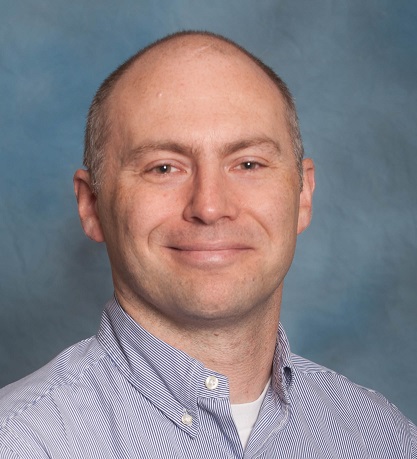
Brain tissue lost after a stroke is not regenerated, although a repair response associated with neurogenesis does occur. A failure to regenerate functional brain tissue is not caused by the lack of available neural cells, but rather the absence of structural support to permit a repopulation of the lesion cavity. Inductive bioscaffolds can provide this support and promote the invasion of host cells into the tissue void.1
McGowan Institute for Regenerative Medicine affiliated faculty member Michel Modo, PhD, Professor in the Departments of Radiology and Bioengineering at the University of Pittsburgh, recently spoke with Regenerative Medicine Today host John Murphy, McGowan Institute Executive Director, about
- what happens when a stroke occurs and how the immune system responds,
- the types of bioscaffolds available and what works best for volumetric tissue lost, and
- wound healing vs regenerative medicine with stroke.
Listen to their conversation here.
In his lab, Dr. Modo and his team’s early experiments using poly(D,L-lactic co-glycolic acid) (PLGA) microparticles to which cells were attached for transplantation into the stroke cavity are encouraging, at least from a technical point of view. However, there is no ingrowth of blood vessels and long-term survival might therefore be a further challenge. It is important to develop a roadmap that would allow identification of what the key aspects of in situ brain regeneration might be and to then devise appropriate bio-engineering strategies to overcome these obstacles. However, without a doubt each one of these will be a major undertaking.
Although spontaneous tissue regeneration does not occur in the mammalian central nervous system, engineering strategies are gradually overcoming the biological and physical challenges imposed by brain injury through harnessing the potential of endogenous neurogenesis. The utility of brain tissue regeneration is not to perfectly restore the damaged brain, but to produce a sufficient tissue substrate that can reduce behavioral deficits.1
Read more…
1Paper (Bioscaffold-induced brain tissue regeneration. Michel Modo. Frontiers in Neuroscience, 07 November 2019.)
